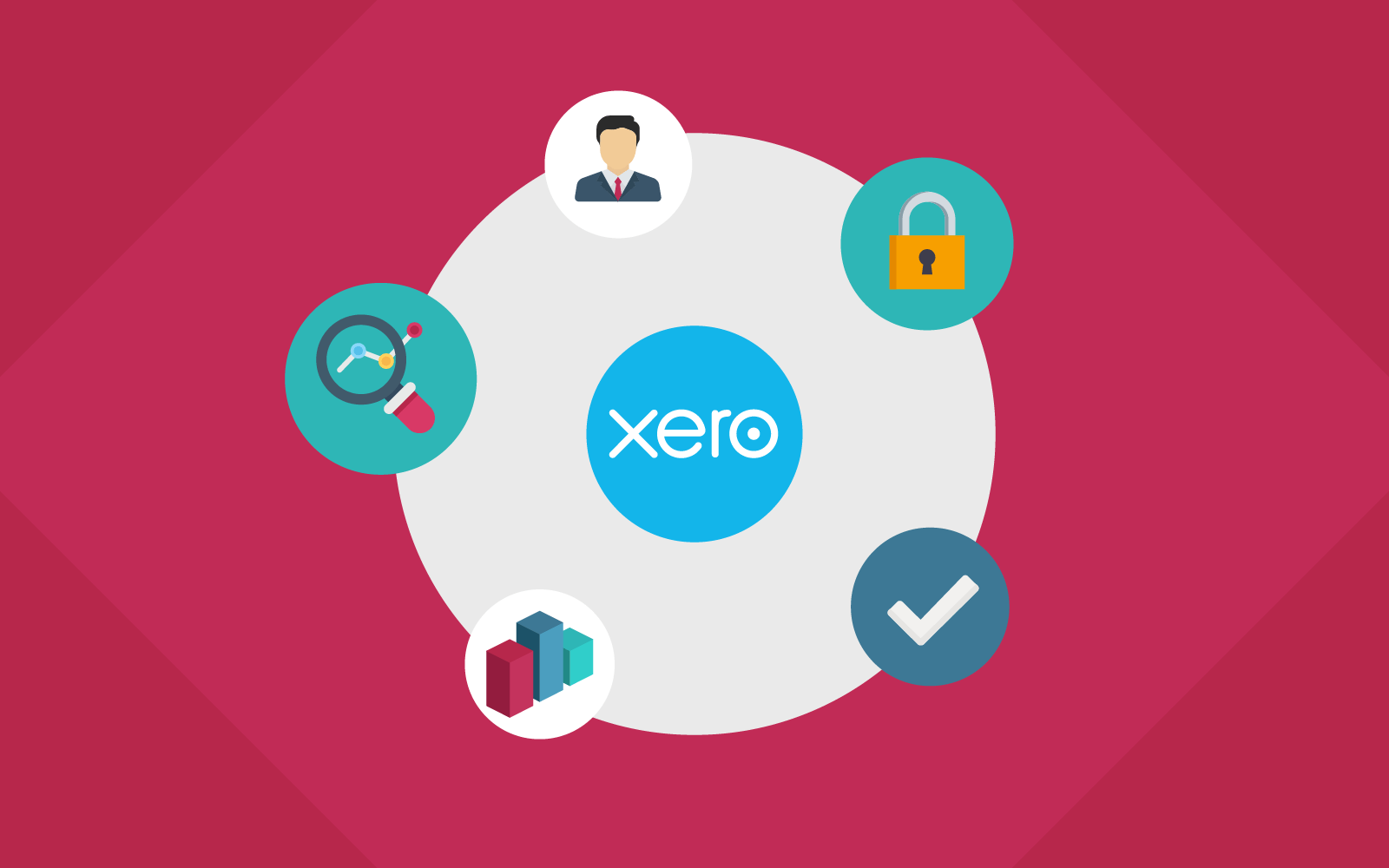
How to set up on Xero
As the world’s leading – and most beautiful – cloud accounting platform, Xero is the cornerstone of effective financial recordkeeping and analysis for many of our clients. With its best in class features, incredible versatility, and wide array of apps, it marks itself out as the ideal base from which to grow a connected and forward-thinking business.
If you’ve not yet had the pleasure of working with Xero at the heart of your business, then this blog post is for you. We won’t get overly technical here; this is meant as more of an introduction to setting up on Xero. And if you’d like to dive a bit deeper, you’ll find a range of resources on the Xero Business Help Centre.
Getting started with Xero
Xero is one of the standout cloud-based business platforms on the market today. As such, you don’t need to worry about downloading anything onto your desktop, or storing anything on in-house servers. Everything is securely stored and accessed via the cloud.
To use Xero, all you need is an internet connection and a web browser that supports Xero (such as Chrome, Safari, Firefox, or Internet Explorer).
Before you begin the setup process, you’ll need to gather the following information:
- Legal name of your organisation.
- Financial year end for your organisation.
- VAT or GST information, depending on your market.
- Business logo, invoice payment terms, and a starting point for your invoice/credit note numbering sequence.
- Email address of your accountant or bookkeeper or someone else to help set up your organisation (if you need help).
- Your chart of accounts or a list of categories to organise your accounts by (for example Sales, Rent, Travel Expenses).
- Your bank and credit card account numbers for accounts, you want to set up in Xero, in addition to any other payment gateways such as Paypal
- Accounting balances – If your organisation has been operating before moving to Xero, run a report, such as a trial balance, from your previous accounting system showing account balances as at the day before you start using Xero. Xero calls these ‘conversion balances’. If you don’t have a report, use the balances from your bank accounts or chart of accounts/categories. You can also pull data from previous financial periods from legacy platforms. This can be a little tricky but it is possible to automate with certain software.
- Outstanding invoices, bills, credit notes and uncleared funds – All outstanding invoices, bills and credit notes from before switching to Xero. If you have uncleared funds (or unpresented cheques), you’ll also need this amount.
Adding your organisation to Xero
Setting your business up on Xero can be very simple, and should take only a few minutes, provided that you have the correct information to hand. It will also depend on the amount of data that you wish to import into Xero.
It’s therefore a good idea to follow the 9 Steps outlined by Xero carefully, so that you avoid the need to return and fix a particular section at a later date.
As you complete each step, Xero will save your progress, and if you need to exit the Setup for whatever reason, you’ll start where you left off when you next log in.
And once you’ve added your organisation and the necessary information to Xero, you can make any amends by going to Settings > General Settings.
Top Tips from your Champion Advisors
If you’re ready to make the switch to Xero, we can help you get started. Stepping Stone are certified Xero Champion Advisors, and we support clients across numerous industries and countries with Xero, including the selected integration of apps to add even more value to the core Xero platform.
With that in mind, here are three things we think everyone should do once they’ve set up Xero:
1. Reconcile Your Bank Account
Reconciling your bank account is crucial to making sure you’re looking at an accurate account of your business and its performance. Don’t skip this step during the initial setup, and be sure to build reconciliation into your daily (or weekly at most) routine. Better yet, you can run a Reconciliation Report in Xero to ensure you’re seeing accurate and up-to-date information.
You can do this by going to:
Accounts > Bank Accounts > Management Accounts > Reconciliation Report
Compare your bank statements with this report to be certain that the correct information has been imported into Xero.
2. Lock Dates
If you have multiple colleagues all accessing Xero, it’s vitally important that historic data isn’t tampered with, be that accidentally or maliciously. One way to ensure this won’t happen is to lock dates for certain time periods, therefore preventing users from making any errors to your already reported financial records.
You can do this by navigating to:
Settings > General Settings > Financial Settings > Lock Dates > Stop all users making changes on and before…
Once you’ve found this setting, select a date to prevent any changes from being made prior to it.
3. Setup Your Chart of Accounts
Our final tip is to quickly get to grips with the Chart of Accounts within Xero. This is a list of all the accounts that are synced with your Xero account, allowing you to allocate and track transactions and expenses.
Xero assigns you with a default Chart of Accounts when you first set up, but it’s a good idea to take the time to customise it to better reflect the requirements specific to your business.
You can do this by clicking on:
General Settings > Chart of Accounts
Need Help Getting Started?
If you’d like a helping hand getting started with and maintaining Xero and all the great features that come with it, feel free to contact us today to speak with one of our friendly experts.



